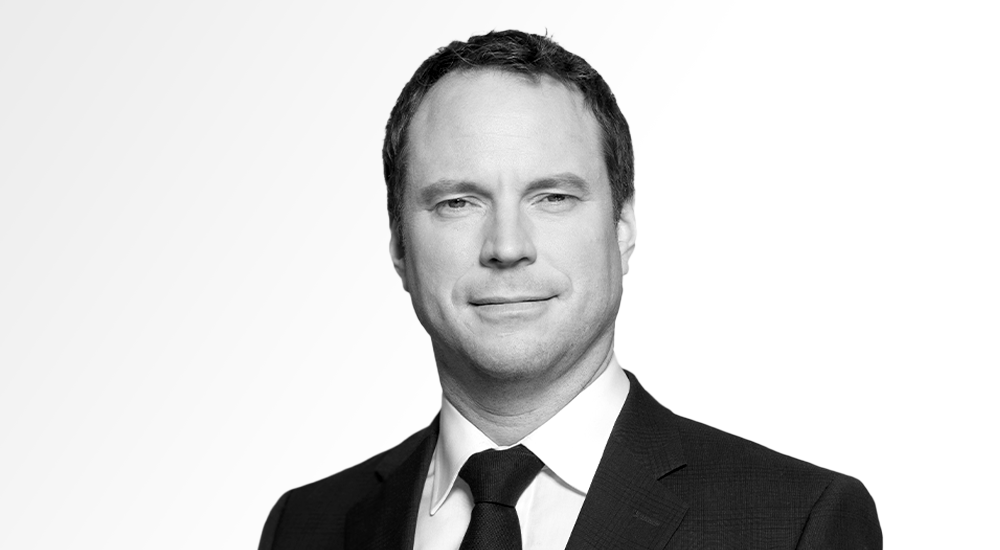Capturing the expected retail investor boom in ETFs is top-of-mind for DWS, global head of Xtrackers sales Simon Klein told ETF Stream, with the German asset manager now boasting 21 partnerships for digital distribution of its ETFs.
After entering the market in 2006 as DB Xtrackers – previously part of Deutsche Bank’s investment banking arm – the now DWS ETF brand first looked to tap the underserviced demand for more complex synthetic ETFs.
In 2009, DWS was the fastest-growing ETF issuer in Europe, led by its $7bn EONIA ETF – now the $4.2bn Xtrackers EUR Overnight Rate Swap UCITS ETF (XEON).
Soon, the Global Financial Crisis (GFC) would take the sheen off its synthetic-first approach, prompting the firm to start launching physical ETFs in 2014.
The German asset manager, now Europe’s third-largest ETF issuer, has a “supermarket approach”, Klein (pictured) said, which saw it delve into esoteric synthetic, physical or ’40-Act’ ETFs for institutional clients wanting to access the US, within years of its entry into ETFs.
Now, the much-prophesied rise of retail – and the number of ETF savings plans users expected to quadruple to 32 million in the next five years, according to BlackRock and extraETF – has pushed DWS to highlight retail investors and digital distribution as strategic priorities.
A supermarket for all investors
“We are watching this shift to digital and retail,” Klein said. “Every quarter, we see healthy inflows from retail investors through online banks, savings plans and one-off investments. Our strategy has always been to have a business for retail, not just institutional investors.”
According to Klein, DWS is now shifting its range in preparation for what is sees as “key growth drivers” among the retail audience.
“This year, we have a couple of new agreements with digital channels and in Germany. We are leading in the number of these agreements in online channels.
“There are more retail investor assets coming into ETFs and at some point, it could be more than on the institutional side. Right now, the split is perhaps 80-20 in some parts of Europe. This could change to 60-40 in five years’ time.”
Klein said advances in digital wealth have made it “so easy” to access ETFs and ETF-based portfolios and these tools may the “one of the only ways” the next generation looks to invest in the future.
However, he noted DWS will continue to cover both types of clients, each calling for different products and services.
“In core exposures, for instance, we have to have an offering for retail and professional clients. For retail, sometimes they prioritise headline fees, whereas on the institutional side, fees are important but it is about the total cost of ownership – spanning fees, trading, bid-offer spreads, domicile and tax status – and then replication and distribution methodologies.
“Our supermarket approach means we do not try to express which exposure is better than the other. We provide clients with options, remain aggressive but sustainable on fees and provide innovations in areas that are in demand, such as ESG and thematic ETFs in recent years.”




